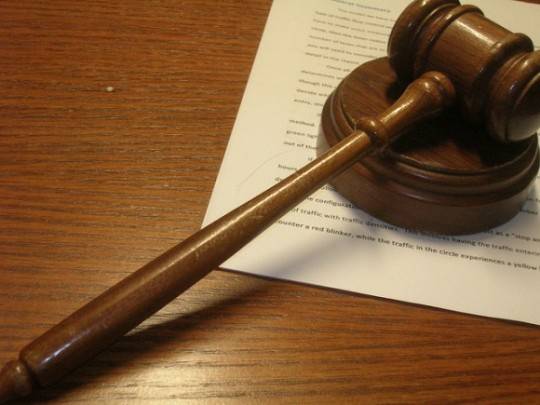
Here goes another round in the never-ending saga of patents and judicial maneuvers. Presiding US District Court Judge Lucy Koh has just issued a ruling that denies Samsung a new trial for one of the patents used against it by Apple.
The patent in question is US Patent No. 7,469,381, or the “381 patent” for short. It describes the rubber band or “bounce back” effect that is applied when users scroll content, like a document or a list, past its boundaries. The patent conveniently also includes other touch screen interaction methods. This is one of the patents which Samsung was found to have infringed in 21 of its products.
What is quite interesting is that, months after trial, the US Patent and Trademark Office (USPTO) reaffirmed the invalidation of that same patent. Of course, even that could still be appealed by Apple. Nonetheless Samsung filed a motion last July for a new trial, which will now never see a day in court. Last month, the USPTO also junked another Apple patent on the popular “pinch to zoom” gesture, although there is no news of a request for a new trial on that one.
Judge Koh’s ruling came as part of orders and rulings in preparation for a different trial. The judge, who ruled that the jury made a computation error amounting to $450.5 million, had ordered a retrial to compute once again that part of the damages that Samsung needs to pay Apple, so the two will be at it again come November.
VIA: CNET










Apple literally contacted contacted Samsung and told them not to copy that animation. This was before apple even released it. And we all know if they listened or not.
It does not seem like USPTO is unified in their decisions. On the one hand they reaffirm that the patent is invalid, on the other, they are upholding the decision that Samsung is in violation of the invalid patent. I tend to agree with the patent attorneys in the trenches that say that it is invalid. Some patents should be rejected in the first place due to their simplistic nature. An example would be a patent for rounded corners. Next they will accept a patent for the straight line.